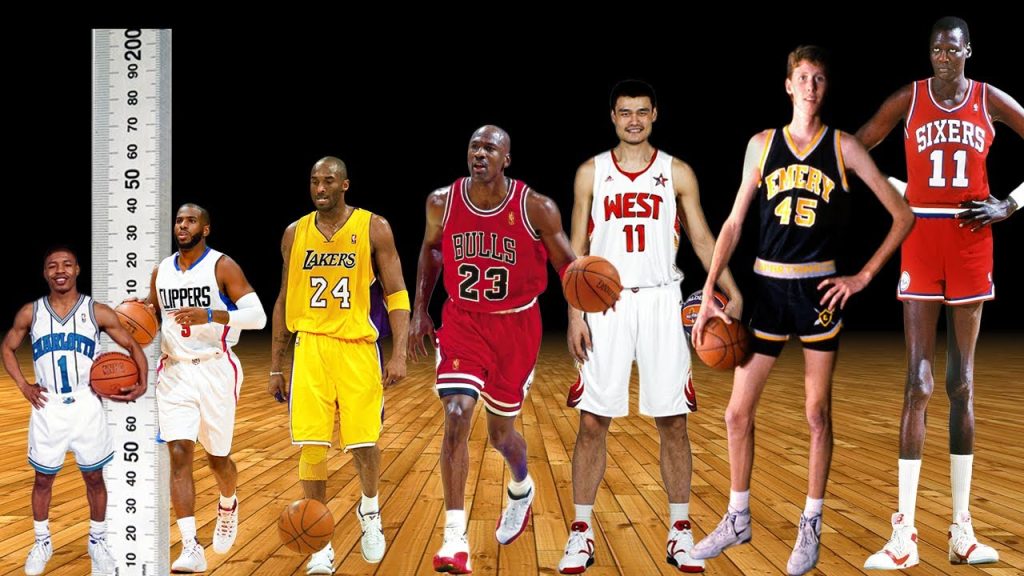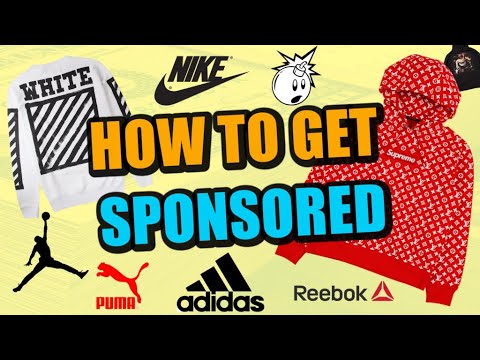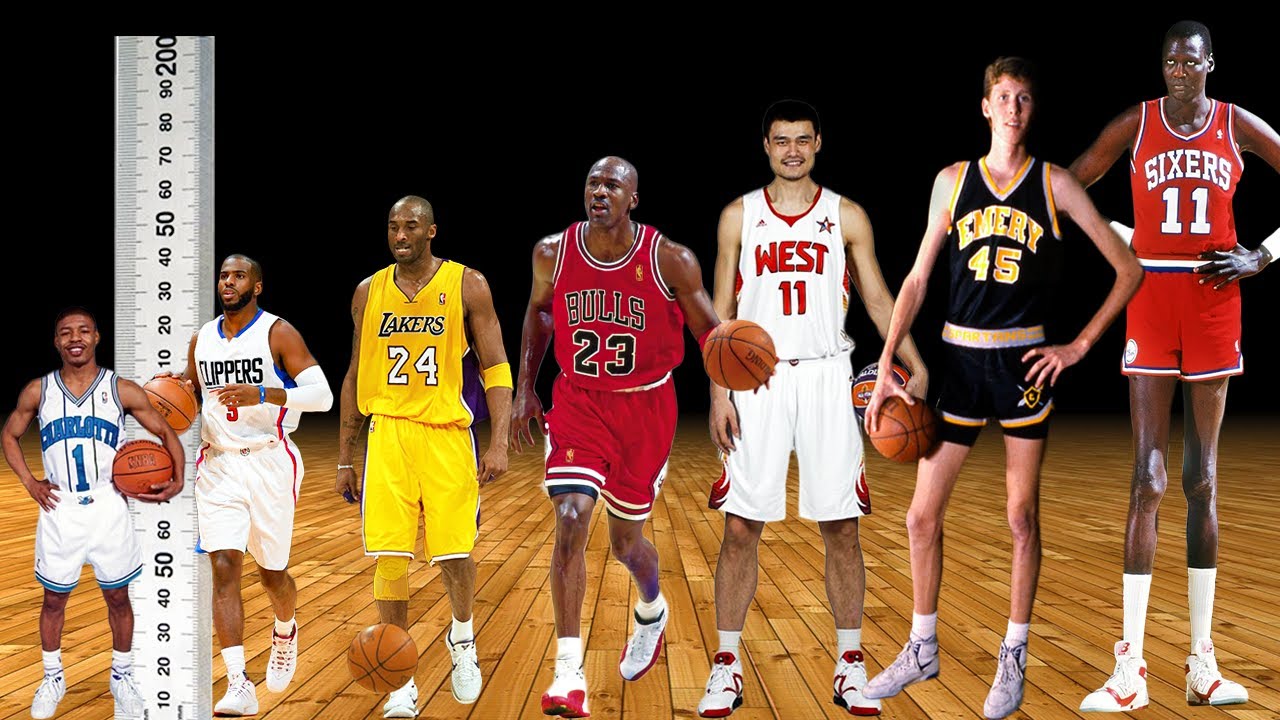Introduction
Basketball is more than just a sport; it’s a multi-billion-dollar global industry. From the NBA superstars with multi-million-dollar endorsement contracts to high school and college athletes landing deals through NIL (Name, Image, and Likeness) rights, sponsorships have become an essential part of an athlete’s journey. For young basketball players, securing brand deals not only brings financial rewards but also opens doors to greater exposure, personal branding, and long-term career opportunities.
In 2025, the game has changed. Sponsorships are no longer reserved only for professional athletes. High school stars, college players, and even young talents showcasing their skills on social media platforms like Instagram, TikTok, and YouTube are attracting brand partnerships. This shift means opportunities are wide open—but only for those who know how to position themselves.
This article explores exactly how young basketball players get sponsorships and brand deals in today’s sports industry. From building a personal brand to approaching companies, we’ll break down every step.
Why Sponsorships and Brand Deals Matter for Young Athletes
Sponsorships are not just about free gear or a paycheck. They represent credibility, influence, and recognition of a player’s potential. For young basketball athletes, brand deals can provide:
- Financial Support: Covering training, equipment, travel, and competition costs.
- Exposure: Expanding their fanbase through brand campaigns.
- Credibility: Being associated with respected brands boosts reputation.
- Career Opportunities: Sponsorships often lead to professional pathways.

In today’s competitive sports environment, these partnerships can be the difference between a struggling athlete and one who thrives both on and off the court.
Image Alt Text: Young basketball player shaking hands with a sports brand representative after signing a sponsorship deal.
The Rise of NIL (Name, Image, and Likeness) Rights
Before 2021, college athletes in the United States couldn’t legally profit from their image. Today, NIL rights have transformed the landscape, allowing athletes at the high school and college levels to sign sponsorships with brands.
This has changed the opportunities available for young basketball players:
- High school stars are signing with athletic brands, nutrition companies, and apparel startups.
- College players are working with local businesses, sneaker brands, and tech companies.
- Social media influence has become just as important as performance on the court.
In 2025, NIL has created a generation of athlete-influencers, where talent, personality, and content creation all work together to attract brand partnerships.
Building a Personal Brand as a Basketball Player
Brands don’t just sponsor athletes—they invest in personalities and stories that align with their audience. That’s why building a personal brand is the first step for any young basketball player aiming to land sponsorships.
Key elements of personal branding include:
- Consistency on Social Media: Posting highlights, training sessions, behind-the-scenes content, and motivational messages.
- Authenticity: Sharing your journey, struggles, and progress makes fans and brands connect with you.
- Professionalism: Maintaining a clean image, avoiding controversies, and presenting yourself as a reliable partner.
- Niche Appeal: Some athletes focus on fashion, gaming, or community outreach, which attracts specific brands.
Think of your personal brand as your digital résumé. If brands can’t find you online or see your value, they’re less likely to invest.
A young basketball player recording highlight clips for social media promotion.

Leveraging Social Media for Sponsorship Opportunities
In 2025, social media is one of the most powerful tools for young athletes to attract sponsorships. Platforms like Instagram, TikTok, and YouTube serve as global showcases.
Why social media matters:
- Reach: A player with 100,000 Instagram followers has an instant advertising channel.
- Engagement: Brands prefer athletes who can influence and inspire conversations.
- Content Creation: Creative athletes who produce unique basketball-related content stand out.
Tips for young athletes:
- Post consistently (3–5 times a week).
- Use high-quality photos and videos.
- Collaborate with teammates, trainers, and influencers.
- Tag and engage with brands you’d like to work with.
By mastering social media, young players can attract attention even without being in the NBA or a top college program.
Performance Still Comes First
While branding and social media are critical, performance on the court remains the foundation of any sponsorship. Brands want winners, leaders, and dedicated athletes. A player who dominates in games, trains hard, and stays consistent will naturally attract attention.
Improving performance means:
- Maintaining peak physical condition.
- Working with coaches to refine skills.
- Competing in high-visibility tournaments.
- Staying disciplined with nutrition and recovery.
In short, great players get noticed. Social media amplifies their exposure, but skill is still the core ingredient.
Image Alt Text: Young basketball player training on the court with a coach.
Approaching Brands and Companies
One mistake many young athletes make is waiting for brands to discover them. The truth is, proactive players often land sponsorships faster.
Steps to approach companies:
- Research brands that align with your values and lifestyle (e.g., athletic gear, supplements, local businesses).
- Prepare a sponsorship proposal outlining who you are, your audience, achievements, and what you can offer the brand.
- Reach out via email or social media in a professional manner.
- Highlight mutual benefits—explain how promoting their brand helps both sides grow.
Even small local deals can eventually lead to big national partnerships.
Networking and Building Relationships
Networking plays a huge role in getting sponsorships. Connections with coaches, agents, scouts, and sports marketers can open doors that pure talent cannot.
Ways to build relationships:
- Attend basketball camps, showcases, and tournaments.
- Connect with sports agents and brand representatives.
- Engage with fellow athletes and collaborate on social media campaigns.
- Stay active in community events to attract local business sponsorships.
Often, the first sponsorship comes from a personal connection, not a cold pitch.
The Role of Agents and Managers
As a young player grows in popularity, managing sponsorship opportunities becomes complex. That’s where sports agents and managers come in.
Agents help with:
- Negotiating contracts.
- Protecting athlete rights.
- Securing higher-value deals.
- Connecting athletes to elite brands.
While not every young athlete needs an agent right away, having professional guidance ensures fair compensation and better long-term opportunities.
Common Types of Sponsorships for Young Basketball Players
Young athletes don’t just land deals with Nike or Adidas. Sponsorships come in many forms, including:
- Apparel Deals: Free or paid partnerships with clothing and sneaker companies.
- Nutrition and Fitness Brands: Supplements, protein shakes, or gym partnerships.
- Tech and Gaming Companies: Collaborations with esports brands and sports tech startups.
- Local Businesses: Restaurants, gyms, and stores supporting athletes in their community.
- Content Collaborations: Paid partnerships with YouTube channels or social media campaigns.
By starting with smaller deals, athletes build a track record that attracts bigger sponsors.
Mistakes Young Players Should Avoid
Landing sponsorships is exciting, but young athletes can sabotage opportunities with mistakes such as:
- Overhyping themselves without results.
- Posting controversial or unprofessional content.
- Accepting unfair contracts without review.
- Ignoring smaller opportunities in search of big deals.
Staying patient, humble, and professional keeps the door open for long-term success.
Case Studies: Young Athletes with Major Sponsorships
Several young basketball players have already proven how brand deals can transform careers.
- Mikey Williams: High school phenom who signed a deal with Puma even before college.
- Bronny James: Leveraged his name and social media following into endorsements with major brands.
- Paige Bueckers: College star who secured sponsorships with Gatorade and Nike through her influence and talent.
These examples show that opportunities are not limited to NBA players—they’re available at every level.
The Future of Sponsorships in Basketball
Looking ahead, sponsorship opportunities for young athletes will only grow. Factors driving this include:
- The rise of NIL rights globally.
- Increasing power of social media and digital influence.
- Expanding international basketball leagues.
- New industries like cryptocurrency, Web3, and AI-driven fitness apps entering sponsorship deals.
By 2030, it’s likely that even middle school athletes with massive online influence will attract brands.
Conclusion
Sponsorships and brand deals are no longer reserved for the NBA elite. In 2025, young basketball players worldwide have the opportunity to attract brands, earn money, and build personal empires. Success comes from a combination of talent, personal branding, social media influence, networking, and professionalism.
For any young athlete dreaming big, the blueprint is clear: dominate on the court, share your journey online, and align with brands that value your story. Sponsorships are not just about money—they’re about recognition, growth, and building a lasting career beyond basketball.
Image Alt Text: Smiling young basketball player posing with brand-sponsored gear.
